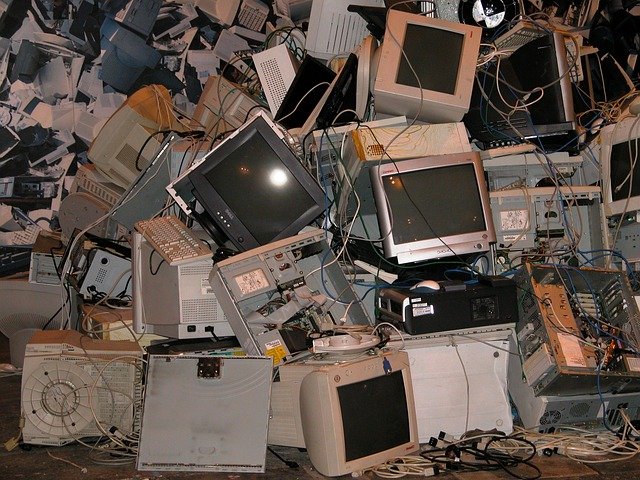CRTs are one of the oldest types of monitors still in use. CRT stands for cathode ray tube, which is an old technology that produced images on screens by controlling the electron beam that was aimed at a phosphor coating inside the tube. The electron beam would hit the phosphors and create different colors, depending on how much energy it had when it hit them. The more energy, the brighter and more vivid the color would be.

As time went by, technologies like LCDs (liquid crystal displays), LEDs (light-emitting diodes) and plasma TVs became popular alternatives to CRTs because they were cheaper to make and did not require bulky parts like tubes or power supplies with lots of moving parts inside them.
Today, most people are using LED monitors instead of CRTs, but that doesn’t mean the technology is dead. Many businesses are still using CRT monitors to avoid spending too much money on new equipment and because they can still trust their old technology to work.
As with any piece of tech, eventually the day comes where you have to replace the CRT monitor in your office with a new one. If that day just so happens to come soon, or you’re about to start looking for the best CRT monitor deals online, then this article is for you. We will go through all the important things you need to know when buying an old CRT monitor from eBay, Amazon, Craigslist or some other second hand tech store.
CRTs are bulky electronic devices with many parts inside them that are more likely to break than most monitors today. You should check if you can get spare parts before buying the product. Also make sure there are no dead pixels on the screen and it works properly by trying it out at a store before buying it off of someone else’s hands over the internet.
Table of Contents
CRT vs. LED Monitor
LED monitors work differently from CRTs because they do not have a tube or any other bulky parts that can break easily. LED monitors use an array of light-emitting diodes that produce different colors when electricity is run through them. The more electricity runs through one color, the brighter the color becomes, which means less electricity is required to make a white color, which is why many LED monitors can produce bright and vivid colors without needing a lot of power.
LED monitors are also better for the environment because they do not contain mercury. This means they don’t have to be disposed of or recycled in special facilities by professionals, but you should still check the product’s manual to make sure you know the best way to recycle it.
LED monitors are typically sleeker and more lightweight than their CRT counterparts. This is because there isn’t a bulky tube involved, but they can still be very heavy if they include a lot of metal components. They also tend to be taller and thinner than most CRTs, which can take up more space.
A CRT monitor is essentially a cathode ray tube that contains three electron guns and a phosphorescent screen. An electron gun emits electrons, which are attracted to the positive charge on the front of the screen, creating an image. The phosphor inside lights up to produce images and text and also helps conserve energy by emitting less light than an LED screen.
CRT vs. LCD Monitor
LCD monitors work by passing light through a series of polarizing filters and a liquid crystal cell with a grid pattern. Because the grids can be turned on or off, they create the image based on the electrical impulses they receive from pixels in the backlight. This is why an LCD monitor has to have a power source to function, while CRT monitors can simply plug into an outlet.
LCD monitors are typically flatter than CRT monitors because there aren’t any bulky parts inside that would take up extra space, but their screens can be thicker than LED screens because of the hardware involved. LCDs also tend to be slightly heavier than CRTs even though they don’t use any components that weigh much individually.


